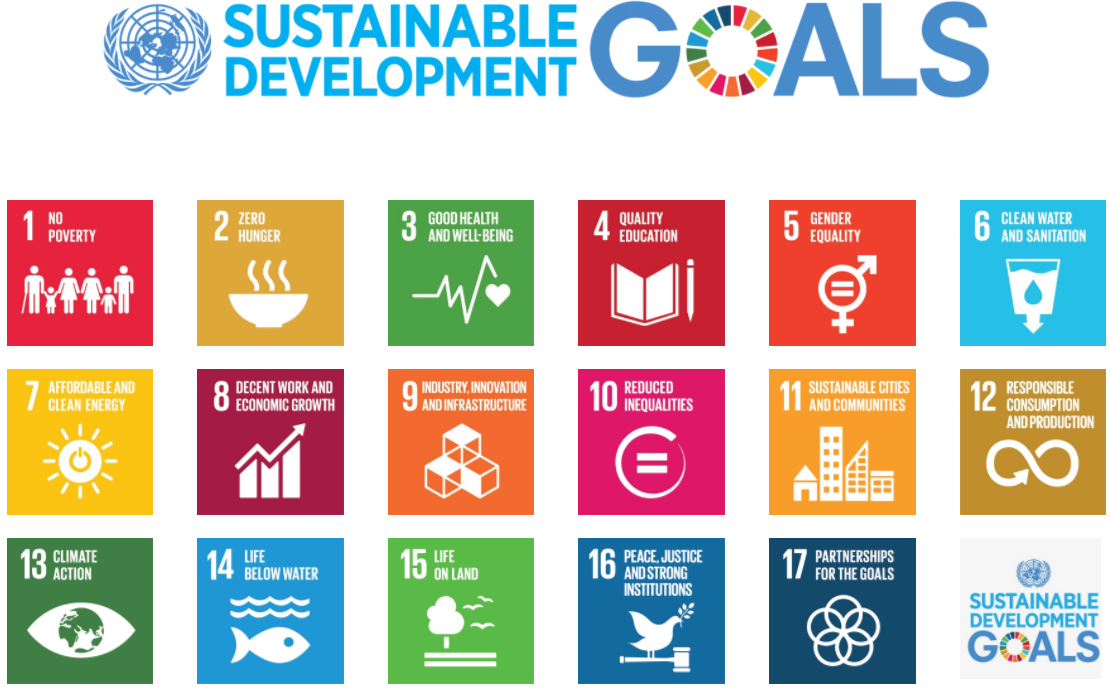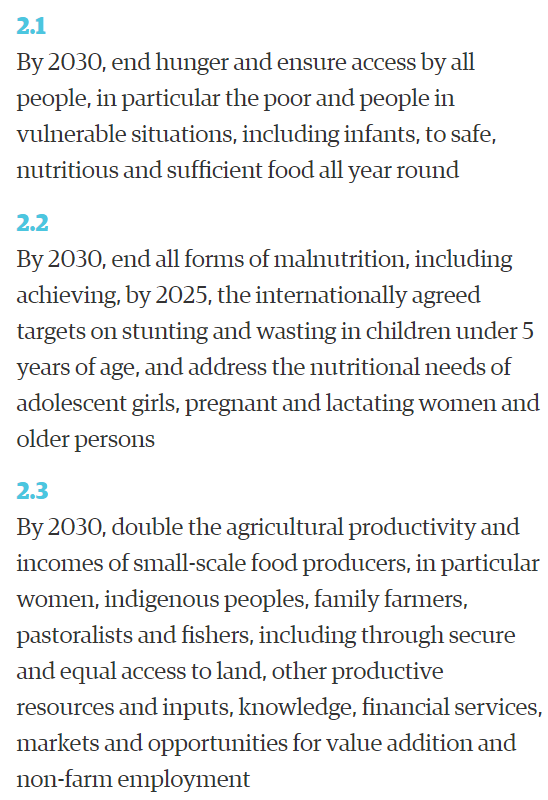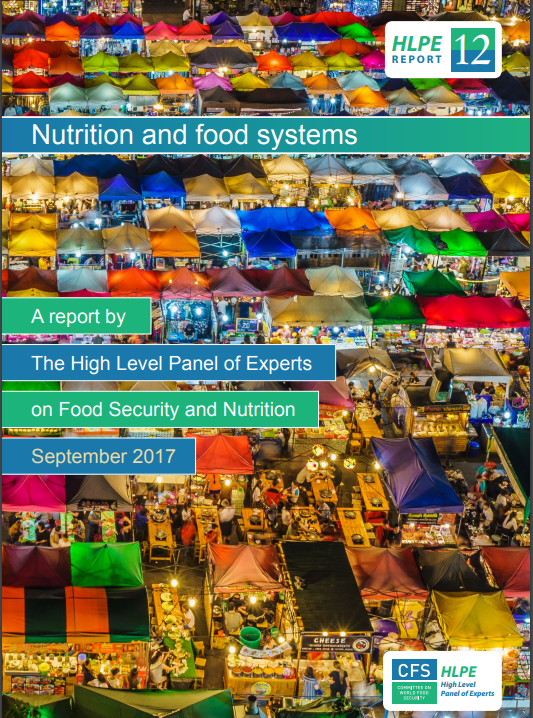Food regulation is no trivial matter. Every word on a food label has a Federal Register notice and Code of Federal Regulation section behind it.
Consequently, I was amused to learn that the FDA was not amused when it found the word “love” in the ingredient list of granola from Nashoba Brook Bakery. The FDA issued a warning letter with this presumably non-ironic statement:
Your Nashoba Granola label lists ingredient “Love”. Ingredients required to be declared on the label or labeling of food must be listed by their common or usual name [21 CFR 101.4(a)(1). “Love” is not a common or usual name of an ingredient, and is considered to be intervening material because it is not part of the common or usual name of the ingredient.
From its website, the bakery looks like it makes great stuff, but its owners must not be familiar with FDA’s byzantine regulatory requirements. The warning letter also chided the bakery for a long list of food safety violations, among them:
- Approximately five flies in the ready-to-eat cooling area and processing area of the facility, all near or on food.
- One approximately 1″ long crawling insect underneath exposed ready-to-eat foods in the pastry area, including focaccia breads, 7-Grain rolls, and brioche rolls.
- The mixing employee was wearing a blue plastic bracelet while working with raw dough. The bracelet came into repeated contact with raw dough and dough varieties.
- A production employee wore a nose ring and earrings while handling and shaping raw dough.
I hope the bakery gets its regulatory and food safety act together right away.
Personally, I like a little love in my granola.







